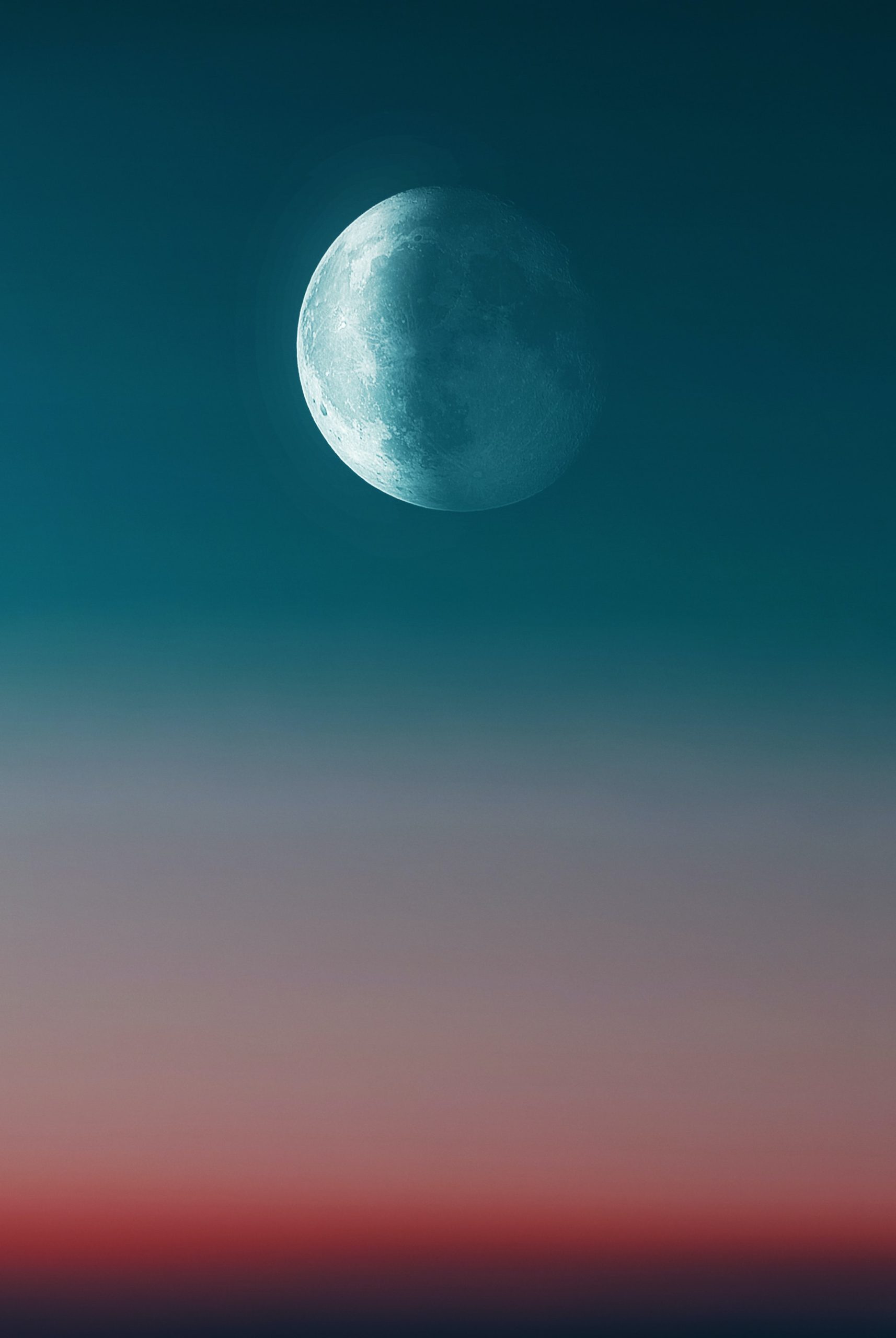Explaining the Phases of the Moon
Have you ever gazed up at the night sky and wondered about the phases of the moon? The moon, our nearest celestial neighbor, goes through a beautiful and fascinating cycle of phases that repeat approximately every 29.5 days. In this blog post, we will delve into the different phases of the moon and explore what causes them. So, grab a telescope, put on your astronomer hat, and let’s dive into the world of lunar phases!
Understanding Terminology
Before we dive into the specifics of the moon’s phases, let’s familiarize ourselves with some key terms:
- New Moon: This phase occurs when the moon is positioned between the Earth and the Sun, making the side facing us appear dark.
- Waxing Crescent: As the moon moves away from the Sun, a small portion of the sunlit side becomes visible, taking the shape of a crescent.
- First Quarter: At this stage, the moon has completed roughly one-quarter of its orbit around the Earth, and half of the sunlit side is visible.
- Waxing Gibbous: As the moon continues its orbit, an increasing portion of the sunlit side becomes visible, forming a large gibbous shape.
- Full Moon: The moon is now on the opposite side of the Earth from the Sun, and its entire sunlit side is visible, appearing as a perfect circle.
- Waning Gibbous: As the moon starts to move back towards the Sun, the sunlit side starts shrinking, yet still retains a gibbous shape.
- Last Quarter: The moon has now completed three-quarters of its orbit, and half of the sunlit side is visible once again.
- Waning Crescent: At this stage, only a small crescent of the sunlit side is visible, which gets thinner as the moon gets closer to the New Moon phase.
Why Do the Phases Occur?
The moon does not possess any light of its own; rather, it reflects the Sun’s light back to us. The ever-changing shape of the moon is caused by its position relative to the Earth and the Sun.
As the Earth orbits the Sun, the moon accompanies us in our journey. The different phases occur as we observe the illuminated portion of the moon from different angles. The sunlit portion we see depends on the relative positions of the Sun, Earth, and Moon.
The Moon’s Orbit and Phases
The moon follows an elliptical orbit around the Earth, which takes approximately 27.3 days to complete. This period is known as the sidereal month. However, due to the Earth’s orbital motion around the Sun, it takes slightly longer (approximately 29.5 days) for the moon to complete a full cycle of phases. This period is called the synodic month and coincides with the lunar month we experience here on Earth.
To visualize this, let’s consider day 1 to be the New Moon phase. As the moon moves away from this position, we begin to observe a waxing crescent. Over the next week or so, the moon continues its orbit, progressively increasing in visibility until we reach the Full Moon phase around day 15. From here, the moon starts to retreat towards the New Moon phase, entering its waning gibbous, last quarter, and waning crescent phases in the process.
Understanding the Moon’s Illumination
Have you ever noticed that the moon’s orientation and the time it appears in the sky can vary? This is due to the tilt of the moon’s orbit with respect to the Earth’s orbit around the Sun. Sometimes, the moon appears higher in the sky, while other times it appears lower. Additionally, the time of day when a particular phase is visible can also change.
One essential aspect to grasp is that the moon is not always directly opposite the Sun during the Full Moon phase. Due to its elliptical orbit and the Earth’s elliptical orbit around the Sun, the moon’s position during the Full Moon phase can vary, affecting its apparent size and brightness.
Folklore and Cultural Significance
Throughout history, the moon has played a significant role in various cultures and folklore. The different phases of the moon have been associated with changes in behavior, mythical creatures, and even religious festivals.
For instance, the Full Moon has often been linked to werewolves, with tales of transformation and lycanthropy dating back centuries. The New Moon, on the other hand, has been associated with new beginnings, making it an auspicious time for setting intentions and starting fresh.
Many religious calendars, such as the Islamic calendar, are lunar-based, using the moon’s phases to determine the start and end of each month.
In Conclusion
The phases of the moon provide us with a remarkable spectacle that has fascinated humanity for centuries. From the mysterious allure of the New Moon to the brilliant radiance of the Full Moon, observing and understanding the moon’s phases connects us to the cosmos.
Next time you find yourself gazing up at the night sky, take a moment to appreciate the beauty and complexity of our lunar companion. Remember, the moon may wax and wane, but its splendor remains constant.
Table of Contents
